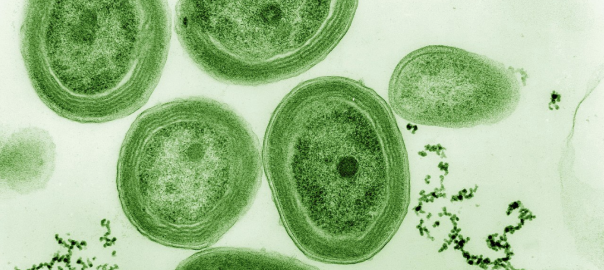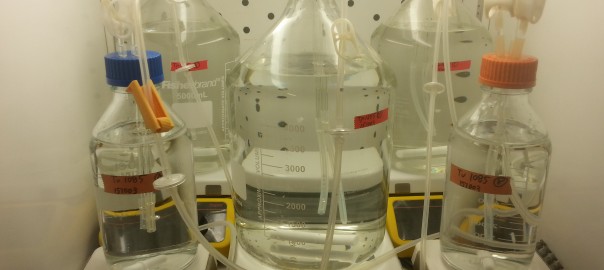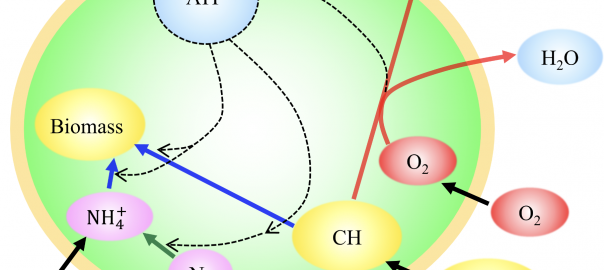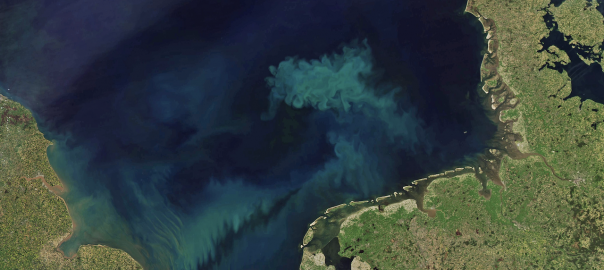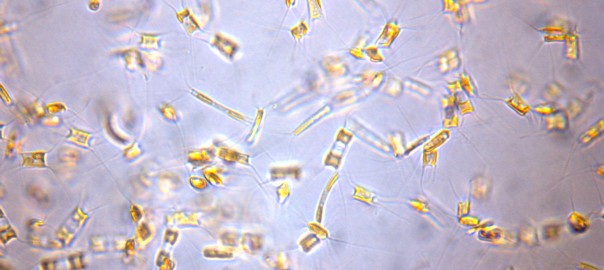Reporting by Helen Hill for the MIT Darwin Project
For the past several years, Rogier Braakman, a research scientist working in Penny Chisholm’s lab and collaborating with Mick Follows, has been studying how metabolism evolves in ocean microbes. In a new paper, he argues that intrinsic properties of cellular metabolism imposed central constraints on the historical trajectories of biospheric productivity and atmospheric oxygenation. Continue reading A Cellular View of Earth History
